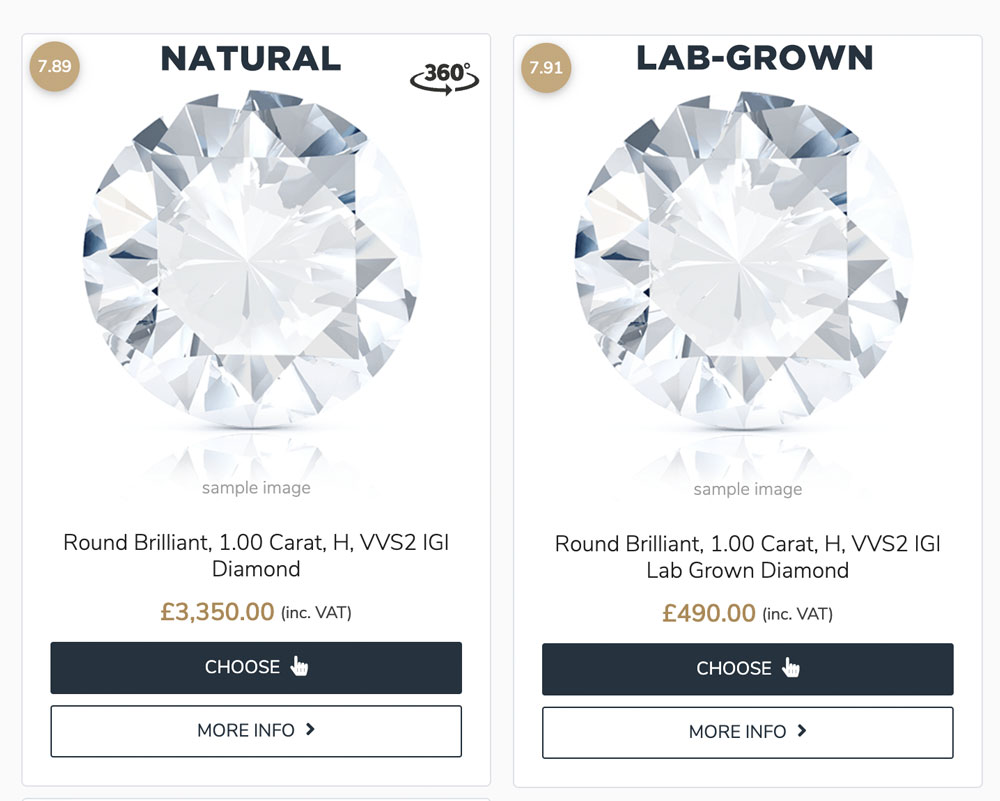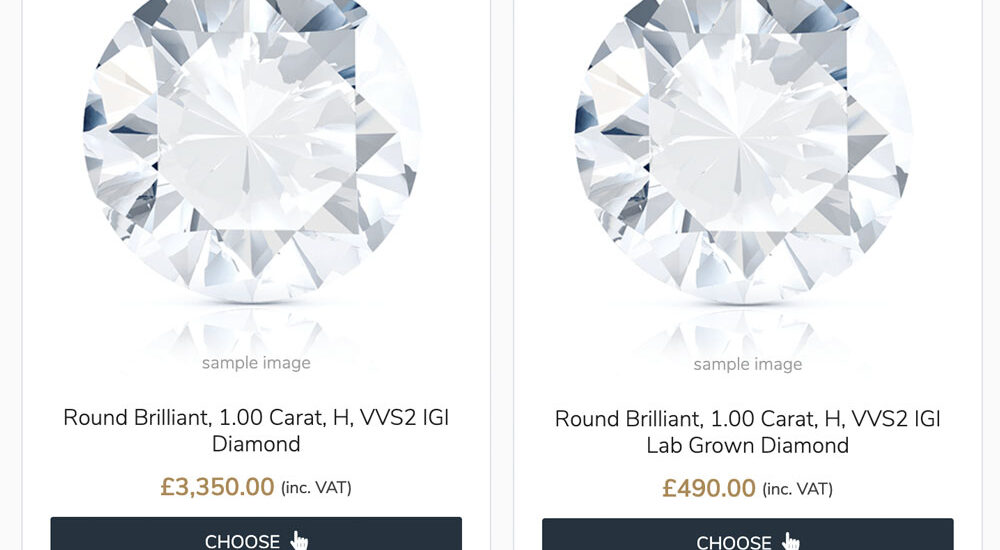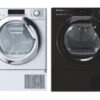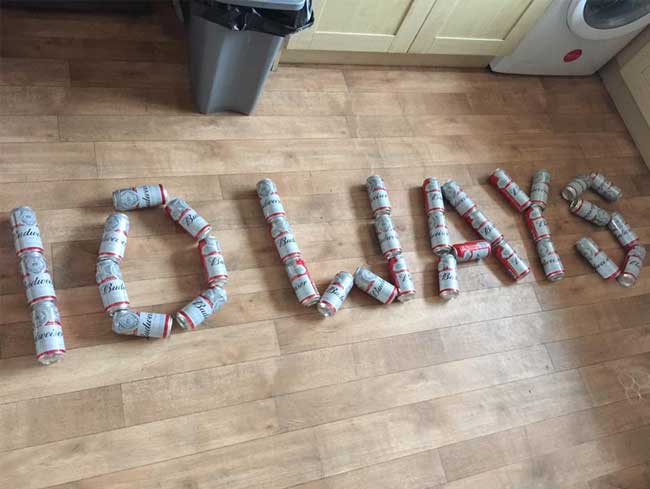Lab-grown diamonds, once a niche product, have now taken the jewellery market by storm, offering a brilliant alternative to their natural counterparts. As technology advances and awareness about ethical sourcing grows, these synthetic gems are increasingly seen as a responsible choice. In this article, we’ll explore the allure of lab-grown diamonds, their benefits, and why they might be the perfect fit for your next jewellery purchase.
What Are Lab-Grown Diamonds?
Lab-grown diamonds, also known as synthetic or cultured diamonds, are created in controlled environments using advanced technological processes that mimic the conditions under which natural diamonds form in the earth. The result? Lab-grown diamonds that are chemically, physically, and optically identical to those mined from the ground!
The Technology Behind the Sparkle
There are two primary methods for growing diamonds in a lab: High Pressure High Temperature (HPHT) and Chemical Vapor Deposition (CVD).
- HPHT: This method replicates the extreme pressure and temperature found deep within the earth, allowing carbon atoms to bond and form a diamond crystal.
- CVD: In this process, a diamond seed is placed in a chamber filled with carbon-rich gas. The gas is heated until the carbon atoms begin to crystallize on the seed, growing layer by layer into a diamond.
Both methods produce stunning diamonds, indistinguishable from natural ones even under a microscope.
Benefits of Lab-Grown Diamonds
- Ethical Sourcing: Lab-grown diamonds are free from the ethical concerns associated with mining, such as human rights abuses and environmental degradation. This makes them an attractive choice for socially conscious consumers.
- Environmental Impact: Mining diamonds can have significant ecological impacts, including habitat destruction, water pollution, and carbon emissions. Lab-grown diamonds, on the other hand, require less energy and resources, resulting in a smaller environmental footprint.
- Cost-Effective: Lab-grown diamonds are typically 20-40% less expensive than their natural counterparts. This cost advantage allows consumers to purchase larger or higher-quality stones within their budget or buy the same size but save money (we won’t judge).
- Quality and Variety: Technological advancements have enabled the production of high-quality lab-grown diamonds in a variety of colours and sizes. Whether you’re looking for a classic white diamond or a unique coloured gem, lab-grown options are available.
- You’re (probably not) funding the De Beers Group: For those unaware, 80% to 85% of most Traditional Diamonds come via this one company; they’ve had the monopoly for many centuries on the market and have been known to hold back supply to increase demand and prices, that said in 2018 they created a synthetic stone company so if you want to avoid this you would need to double check the source of your Lab-grown diamond.

If everyone you ever met cannot tell the difference between these two Diamonds why would anyone pay nearly £3000 more for the natural one? What do you think?
Myths and Misconceptions
Despite their growing popularity, lab-grown diamonds are sometimes misunderstood. Here are a few myths debunked:
- Myth: Lab-grown diamonds are fake.
- Fact: Lab-grown diamonds are real diamonds, identical in every way to natural ones
- Myth: Lab-grown diamonds have no resale value.
- Fact: While resale markets are still developing, lab-grown diamonds are increasingly recognised and accepted, making them a viable long-term investment, although, like most jewellery, it’s unlikely to make any form of profit anytime soon, and there will be far better returns on investment elsewhere.
- Myth: Lab-grown diamonds are lower quality.
- Fact: Lab-grown diamonds are graded by the same standards as natural diamonds and can be of equal or superior quality, to the majority of people, they’re impossible to tell the difference and even
Negatives of Lab-Grown Diamonds
- They use lots of energy to create them: Whether this actually matters to you will depend on your views but equally non Lab-Grown Diamonds will also use lots of energy as well so it’s largely not an issue.
- They won’t have the same resale value as a normal diamond, although frankly, this isn’t really an issue unless you plan on selling the ring anytime soon, and like all jewellery, you’re unlikely to make a profit on it anytime soon as it’s always sold at a profit to help businesses run.
- It’s not natural and didn’t take billions of years to create: For some consumers, the allure of a natural diamond—formed over billions of years—is irreplaceable. Lab-grown diamonds, despite their identical properties, may not hold the same emotional or sentimental value – Although we would question who actually cares/knows?
- Your purchase isn’t supporting traditional jobs: The rise of lab-grown diamonds can negatively impact employment in traditional diamond mining regions, where communities rely on mining for their livelihood, that said there has been a LOT of negative press about Diamond Mining over the last 100+ years so we would argue this isn’t a bad thing.
Where should I look to buy Lab-Grown Diamond Rings?
- Diamond Rocks* – They sell both Lab-Grown and Natural, you can pick and compare and see 3D renderings of your ring, prices are fair and reviews are decent
- Queensmith* – Again, they sell both types of Diamonds with an initiative website, video renders and superb reviews
- QP Jewellers* – These aren’t traditional diamonds, but if you want something different, they do a great selection of Gemstones including Lab-Grown Emeralds
- Rox* – These are extremely well reviewed, with locations in Liverpool, London, Leeds, Edinburgh and Glasgow but of course you can order online, their unique styles have won several awards.
- Fraser Hart* – 17 stores across the UK with 10% online discount if you sign up to their newsletter and over 80 years of experience, of course superb TrustPilot reviews as well
- Lily Ark Wright – Based in London, Manchester & Birmingham, they pride themselves on being sustainable, compassionate and transparent about their jewellery, their Trustpilot reviews are superb.
What’s the cost difference really going to be?
This dramatically varies on what Diamond size, colour, cut, clarity etc you’re going for but for a brief comparison two almost identical diamonds look at this:

The Disruption in the Diamond Industry
The rise of lab-grown diamonds is not just a boon for consumers but also a disruptive force in the traditional diamond industry. As reported by CNBC1, the influx of lab-grown diamonds has caused a significant drop in diamond prices. The affordability and ethical appeal of lab-grown diamonds have led many consumers to choose them over mined diamonds, putting pressure on traditional diamond producers.
Key Points from the Industry Impact
- Price Decline: The increasing availability and lower cost of lab-grown diamonds have driven down the prices of natural diamonds, affecting the profitability of mining companies.
- Market Shift: Consumers are becoming more aware of the benefits of lab-grown diamonds, leading to a shift in market demand. This trend is particularly strong among younger generations who prioritize sustainability and ethical considerations.
- Industry Adaptation: Traditional diamond companies are being forced to adapt. Some are incorporating lab-grown diamonds into their product lines, while others are emphasizing the unique aspects and heritage of natural diamonds to maintain their market share.
The Future of Lab-Grown Diamonds
The future looks bright for lab-grown diamonds. As technology continues to improve, production costs are likely to decrease further, making these diamonds even more accessible. Additionally, growing consumer awareness and demand for ethical and sustainable products will continue to drive the popularity of lab-grown diamonds.
Should I get a Lab-Grown Diamond Engagement ring?
The answer to that question will depend on your viewpoint, your finances, what your partner would want and various other factors. If you’re smart, you can get an identical-looking ring to one worth 30-50% more, which, to almost everyone, will look literally identical to a traditional ring. We say do it.


![Commute to work/uni/college etc? Stop wasting that precious time! [start using these 4 techniques]](https://10ways.com/wp-content/uploads/2015/07/commuting-510x374.jpg)
















![[EU Roaming customers only] EE mistake costs the company £2.7M and they’re refunding £250K to customers](https://10ways.com/wp-content/uploads/2017/01/ee-100x100.jpg)







